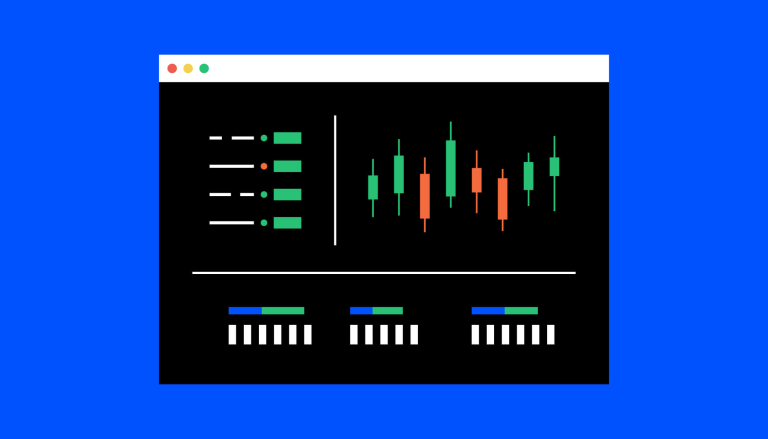How does a risk reversal options strategy work in crypto?

A risk reversal options strategy in crypto involves acquiring a call option and disposing of a put option.
This strategy is utilized when the trader believes that the value of the underlying cryptocurrency will increase.
It's a strategy that allows traders to benefit from upward price movements while limiting potential downside.
What is a Risk Reversal Options Strategy?
A risk reversal options strategy is a method used in trading to protect a long or short position using put and call options. This strategy aims to protect against unfavorable price movements in the underlying position but limits the returns that can be made on that position.
In the context of cryptocurrency, a risk reversal options strategy involves acquiring a call option and disposing of a put option. This strategy is utilized when the trader believes that the value of the underlying cryptocurrency will increase.
How does a Risk Reversal Options Strategy Function?
If a trader is short an underlying asset, they hedge the position with a long risk reversal by acquiring a call option and writing a put option on the underlying instrument.
If the value of the underlying asset rises, the call option will become more valuable, offsetting the loss on the short position.
If the price drops, the trader will benefit on their short position in the underlying, but only down to the strike price of the written put.
Risk Reversal and Foreign Exchange Options
In forex trading, risk reversal refers to the difference between the implied volatility of out of the money (OTM) calls and OTM puts. The greater the demand for an options contract, the greater its volatility and its value.
A positive risk reversal means the volatility of calls is greater than the volatility of similar puts, which implies more market participants are betting on a rise in the currency than on a drop, and vice versa if the risk reversal is negative.
Ratio Risk Reversals
Ratio risk reversals are a variation of the traditional risk reversal strategy that involves an uneven number of acquired and disposed options. In a ratio risk reversal, an investor might acquire a greater number of options (calls or puts) than the number of options they dispose of.
This creates an asymmetrical exposure to market movements, allowing the trader to capitalize on their directional bias while potentially improving the cost structure of the strategy.
Limitations of Risk Reversals
One significant limitation to risk reversals is the potential for losses if the market does not move as anticipated. Despite the name, this approach increases uncertainty should markets play out not as expected. Another limitation is the impact of transaction costs and bid-ask spreads.
When you simultaneously acquire and dispose of options, you'll incur higher transaction costs. This is especially true if you're trying to acquire options for illiquid securities. Moreover, the bid-ask spreads can widen, further reducing potential returns. The effectiveness of risk reversals is also influenced by changes in implied volatility. If implied volatility increases, the cost of options generally rises, meaning you may receive a lower compensation for the same amount of potential downside.


